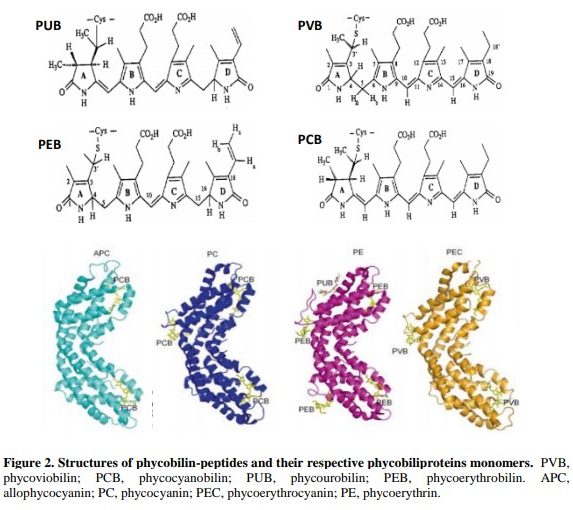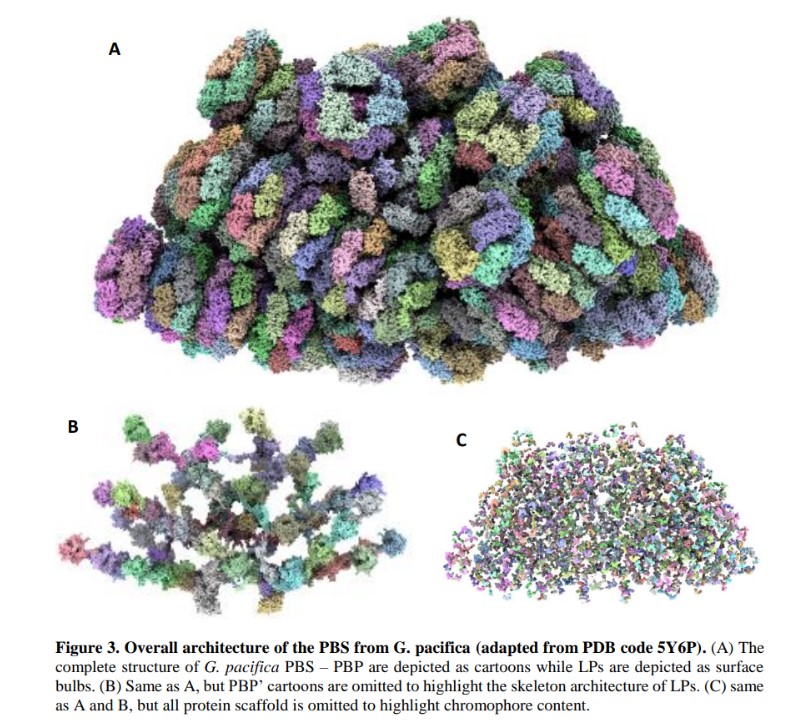
Cyanobacterial Photosynthesis – from Photoprotection to Solar Cells
Photosynthetic organisms utilize solar energy to sustain themselves in ever-changing natural conditions. The photosynthetic process is initiated by solar energy harvesting, supported by designated antenna complexes. The role of the antenna is to widen the spectrum of absorbed light and transfer and orient this excitation energy (EET) towards the photosynthetic reaction centers (RCs), where electrons are then excited and eventually used for atmospheric carbon fixation and metabolism.
Cyanobacteria are oxygen-evolving photosynthetic prokaryote organisms, which were first to exploit water as the primary source of light-dependent electron transfer. In the case of cyanobacteria, the light harvesting complex is the phycobilisome (PBS), which is a gigantic, chromophore-binding, protein complex.
In this work, I present both fundamental and applicational endeavors tackling the unique and intriguing nature of the PBS complex from complementary perspectives. On the fundamental front, I have proposed a structural model pertaining cyanobacterial photoprotection achieved by the interaction between the PBS and the orange carotenoid protein (OCP). This interaction protects against high light irradiation (a condition generating deleterious reactive oxygen species) by altering the PBS ultra-structure by the penetration of the OCP into the complex volume, thus meddling with the efficient EET the PBS demonstrates. This information was obtained combining biochemical, mutagenesis, mass-spectrometry (MS) and bioinformatic approaches. In addition, I have determined the three-dimensional structure of an OCP homolog, shedding light on how the hydrophobic carotenoid molecule is extracted and delivered by a water-soluble protein. This was achieved by combining X-ray crystallography, small angle X-ray scattering (SAXS), mutagenesis and molecular dynamics (MD) methodologies.
On the applicational front, I have constructed a PBS-RC based solar cell, utilizing the accessory function the PBS provides, generating enhanced photo-current from the RC in the PBS’ appropriate absorption region.
This project utilized biochemical, electrochemical, computational and electron microscopic (EM) methodologies.





